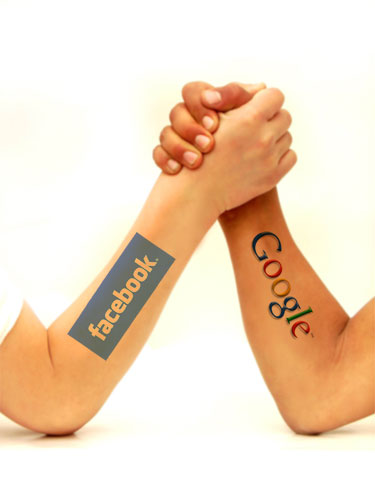How Many People have Lived and Died?
February 7, 2012 in Daily Bulletin

It’s commonly believed that there are more living people in the world right now than the total number of all the dead throughout history. The BBC reports that this is unlikely to be true:
- Analysts suggest that during the Middle Ages life expectancy might have been as little as 10, meaning that the majority of people didn’t make it past childhood.
- This is why humans might have needed a reproduction ate of 80 births per 1,000 people. Today it is only 23.
- This means that people were born and died at an astonishing rate just a few centuries ago.
- One analysis suggests that over 107 billion people have lived and died. Today the population of the earth is around 7 billion. This means that there are 15 dead people for every living one.
To find out when exactly the number of dead crossed seven billion as well as more information about the estimates click here.
Source: BBC









Join the Discussion! (No Signup Required)